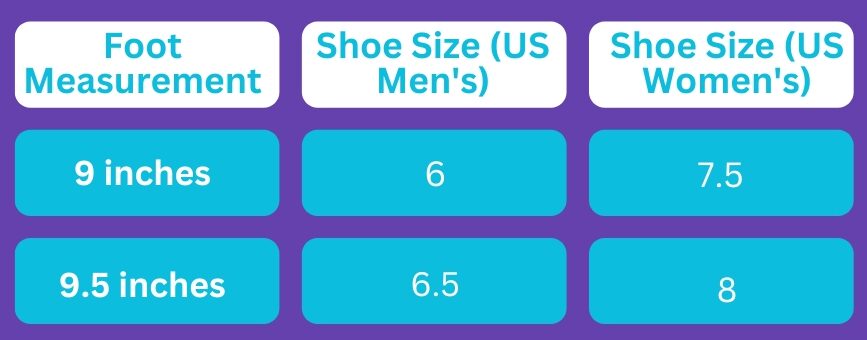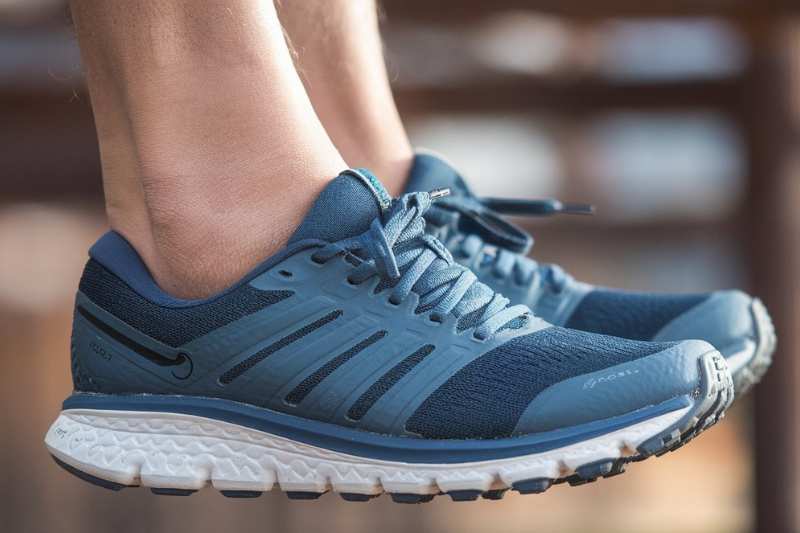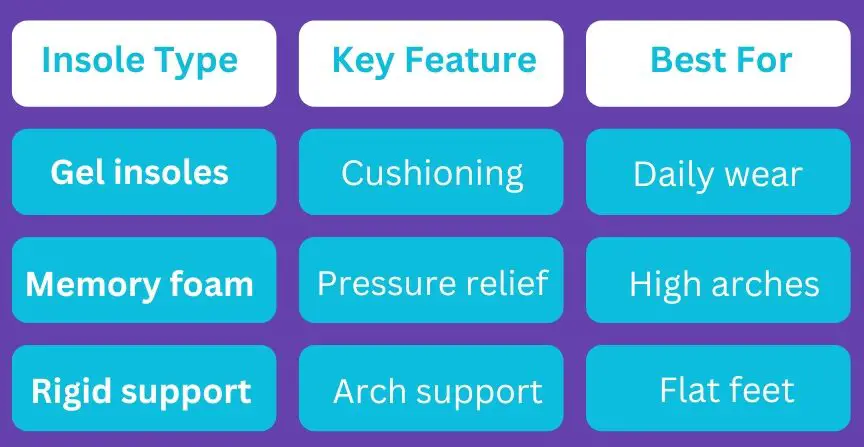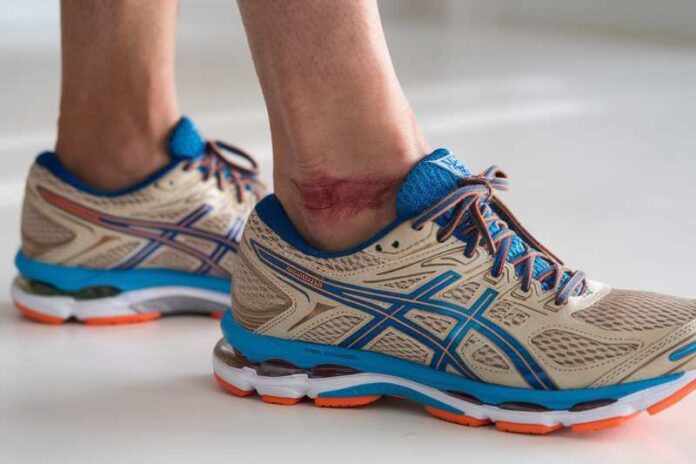Running shoes that rub against the side of the ankle bone can cause discomfort and blisters. Selecting the right fit and design is important to prevent this issue.
Choosing the perfect running shoes is important for comfort and injury prevention. A common problem some runners face is their shoes rubbing against the side of their ankle bones, which can lead to irritation or even painful blisters. To avoid this, it’s important to look for shoes with proper ankle support and cushioning.
Ensuring a snug fit can also help, as shoes that are too loose may shift and cause friction against the ankle. Many brands now give models with padded collars and anatomically designed insoles that conform to the contours of your feet, providing a more personalized fit. Remember, your running shoes should improve your experience, not detract from it, so invest time in finding the right pair that feels as if it’s an extension of your foot.
Introduction To Ankle Discomfort In Runners
Ankle discomfort is a common issue for many runners. Running shoes rubbing against the ankle bone can cause significant pain. This friction often leads to skin irritation and injuries. Understanding the causes and impacts is vital for any runner.
Common Causes Of Ankle Rubbing
Several factors contribute to running shoes rubbing side ankle bone:
- Improper fit: Shoes that don’t fit well can move excessively.
- Overpronation: This foot motion can cause the shoe to rub.
- Rigid materials: Hard materials in shoes may irritate the ankle.
- Lacing techniques: Tight or incorrect lacing can create pressure points.
Buy Running Shoes From Here
Impact On Running Performance
Ankle rubbing from shoes can hinder a runner’s performance. The discomfort can lead to:

Identifying The Right Fit
Identifying the Right Fit is important for runners. The wrong shoes can cause discomfort. Ankle bone rubbing is a common issue. Let’s ensure your next pair fits perfectly.
Measuring Your Foot Properly
Start with accurate foot measurements. This is your foundation for a great fit. Use a ruler or a brannock device. Measure length and width. Don’t forget arch length. This matters for proper support.
- Place your foot on a piece of paper.
- Trace around it with a pen or pencil.
- Measure the longest and widest points.
- Record these measurements for shopping.
Understanding Shoe Sizing And Shapes
Shoe sizing varies across brands. Shapes differ too. Look for a size that matches your measurements. Pay attention to toe box shape. It should match your foot’s shape. Ensure enough space around the ankle bone.
Add more rows as needed

Remember, fit goes beyond length. Widths are key too. Brands give various widths. These range from narrow to extra wide. Match your foot’s width for a snug, secure fit.
Shoe Design And Ankle Support
When choosing running shoes, consider shoe design and ankle support. Shoes that rub against the ankle bone cause discomfort and injuries. Proper shoe design can prevent this issue.
Anatomy Of A Running Shoe
Running shoes have different parts. Each part supports your feet during a run. The right design gives a combination of support, comfort, and durability.
- Upper: Hold the shoe on your foot.
- Insole: Cushions and supports your foot’s bottom.
- Midsole: Absorbs shock.
- Outsole: Touches the ground.
- Heel Counter: Supports the heel.
- Ankle Collar: Cushions the ankle.
- Toe Box: Gives toes space.
Choosing Shoes With Adequate Ankle Padding
Shoes with adequate ankle padding protect your bones. The padding reduces friction and prevents injuries.

Test shoes for comfort and support. Walk or run in them before buying. Make sure they feel good and give padding where you need it most.
Lacing Techniques To Prevent Rubbing
Running should bring joy, not pain. Shoes that rub against your ankles can cause discomfort. Proper lacing techniques can help. They ensure a snug fit, reducing friction. Let’s explore ways to lace your shoes and prevent that annoying rub.
Lock Lacing For A Secure Fit
Lock lacing keeps your foot stable. It prevents your heel from slipping. This method is simple:
- Start lacing as usual, crossing the strings over.
- When you reach the top, don’t cross the laces.
- Thread each lace end through the loop on the same side.
- Pull the laces up and out to create a “lock”.
- Tie your shoe as you normally would.
This technique tightens the fit around your ankle. It stops shoes from rubbing.
Alternate Lacing Methods
There are other ways to lace your shoes:
- Gap lacing – Skip eyelets near the pain.
- Diagonal lacing – Cross laces diagonally across the shoe.
- Parallel lacing – Laces run parallel, not crossing over.
These methods adjust the pressure on your foot. They make running more comfortable. Experiment to find what works best for you. Say goodbye to ankle pain with the right lacing technique!
Buy Running Shoes From Here

Insoles And Orthotics For Added Comfort
Uncomfortable shoes can cause ankle pain. Insoles and orthotics bring relief. They provide support and cushioning. Let’s explore how they add comfort.
Benefits Of Custom Orthotics
Custom orthotics align the foot. They reduce stress on the ankle bone. Here are their benefits:
- Improved alignment: They position the feet correctly.
- Reduced pain: They cushion the ankle, easing pain.
- Better support: They support arches and reduce overpronation.
- Improved comfort: They fit your foot shape, increasing comfort.
Best Insoles For Ankle Issues
Some insoles stand out for ankle issues. They are designed for extra support. Here are top picks:

Choose insoles based on your needs. They should fit well in your shoes. They must give the right support for your ankles.
Protective Gear And Accessories
Runners often face discomfort from shoes rubbing their ankles. Protective gear and accessories can help. Ankle sleeves and supports add a layer of protection. Quality socks cushion against shoe friction. Let’s explore these solutions.
Ankle Sleeves And Supports
Ankle sleeves hug the foot. They provide compression and support. This reduces movement inside the shoe. Less movement means less rubbing. They also protect the skin. Some have gel pads for extra cushioning. Supports vary in thickness and material. Choose one that fits your shoe and comfort needs.
The Role Of Socks In Protecting Ankles
Not all socks are equal. Quality socks are important. They should be thick enough to protect the ankle. Yet, they must fit well to avoid bunching. Seamless designs prevent irritation. Materials matter too. Moisture-wicking fabrics keep feet dry. Dry skin is less prone to blisters and chafing.
When To Seek Professional Help
Running should bring joy, not pain. Yet, sometimes runners face issues like shoes rubbing against their ankles. It’s important to know when to get professional help. Delaying may worsen the problem. This section will guide you on recognizing signs that need attention.
Signs Of Chronic Ankle Problems
Chronic ankle problems persist over time. Look out for these signs:
- Continuous pain even when not running
- Swelling that doesn’t subside with rest
- Stiffness in the ankle joint
- Recurring ankle instability
- Limited range of motion affecting your stride
If these symptoms appear, consider a professional assessment.
Consulting A Podiatrist Or Sports Medicine Specialist
Don’t ignore persistent ankle discomfort. A podiatrist or sports medicine specialist can help:
- Diagnose the underlying issue
- Provide customized treatment plans
- Recommend proper footwear for orthotics
- give rehab exercises for strength and flexibility
Early intervention can prevent long-term damage. Book an appointment if symptoms don’t improve.
Frequently Asked Questions
How Do I Stop My Shoes From Rubbing My Ankle Bone?
To stop shoes from rubbing your ankle bone, try using moleskin patches or gel pads. Ensure your shoes fit correctly and consider soft ankle socks for extra protection. Breaking in new shoes gradually can also reduce rubbing.
Why Does My Outer Ankle Bone Hurt After Running?
Outer ankle bone pain after running can be due to overuse, improper footwear, or poor running form, leading to strain on the ankle joint and surrounding tissues.
Why Does My Ankle Bone Hurt In Shoes?
Your ankle bone may hurt in shoes due to improper fit, lack of support, or excessive pressure on the area. Choosing well-fitted, supportive footwear can alleviate pain.
How Do I Stop My Shoes Rubbing The Side Of My Toe?
To stop shoes from rubbing your toe, ensure a proper fit, use moleskin padding, wear seamless socks, and soften the shoe material with conditioning treatments or a shoe stretcher.
Conclusion
Selecting the right running shoes is important for comfort and injury prevention. It’s all about finding a pair that gives the perfect fit and support for your ankles. Don’t let discomfort slow you down. With the right guidance and a bit of trial and error, you can find shoes that keep you running pain-free.
Remember, every step counts towards your health and fitness goals.


